Human-centered design thinking and Innovative Impact workshops held to present international best practices and methods
Andrew Brough and Armando Munaz, Co-Directors of Save the Children’s Global Innovation Team (LIFT Lab), recently visited Mongolia. During their visit, they have met with beneficiaries of SC Mongolia’s projects in Ulaanbaatar and Uvurkhangai Province, talking to various stakeholders and learning about the impact of climate change in Mongolia. They have also organized two workshops: (1) Human-centered design thinking (HCD) workshop for the staff of Save the Children in Mongolia and (2) Innovative Impact workshop for the staff of Save the Children and its partners on May 21-22, 2024 in Ulaanbaatar. With a focus on human-centered thinking, the first workshop was designed to introduce a methodology for experimenting, improving, learning, and prioritizing evolving solutions based on new ideas. While the second workshop, the innovative impact workshop, titled “Introduction of New Business Modeling into Operations” aimed at providing basic knowledge to increase efficiency and finding solutions to challenges and difficulties through effective cooperation with partner organizations.
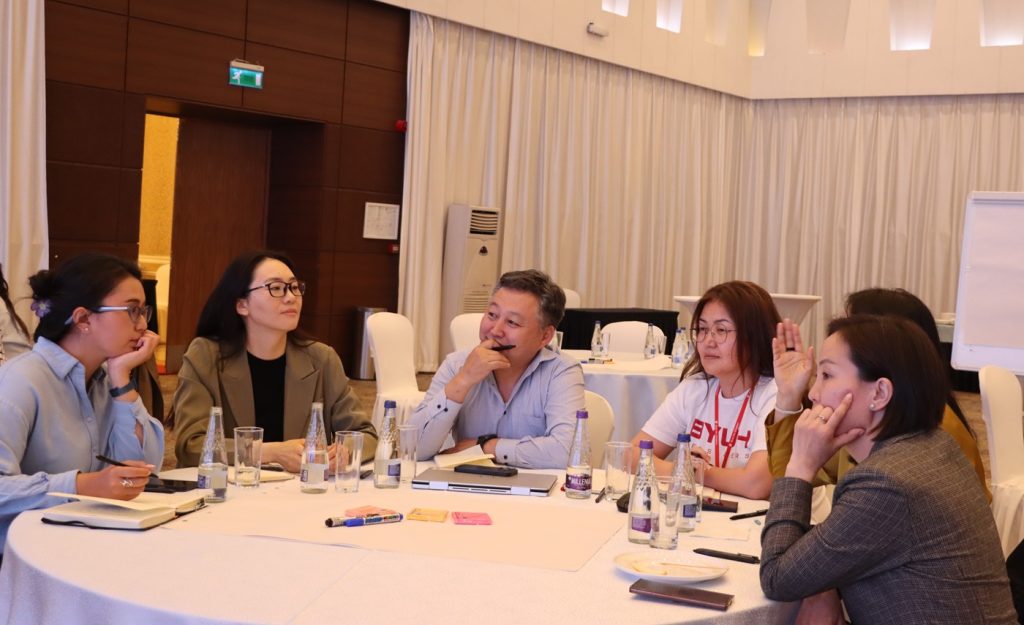
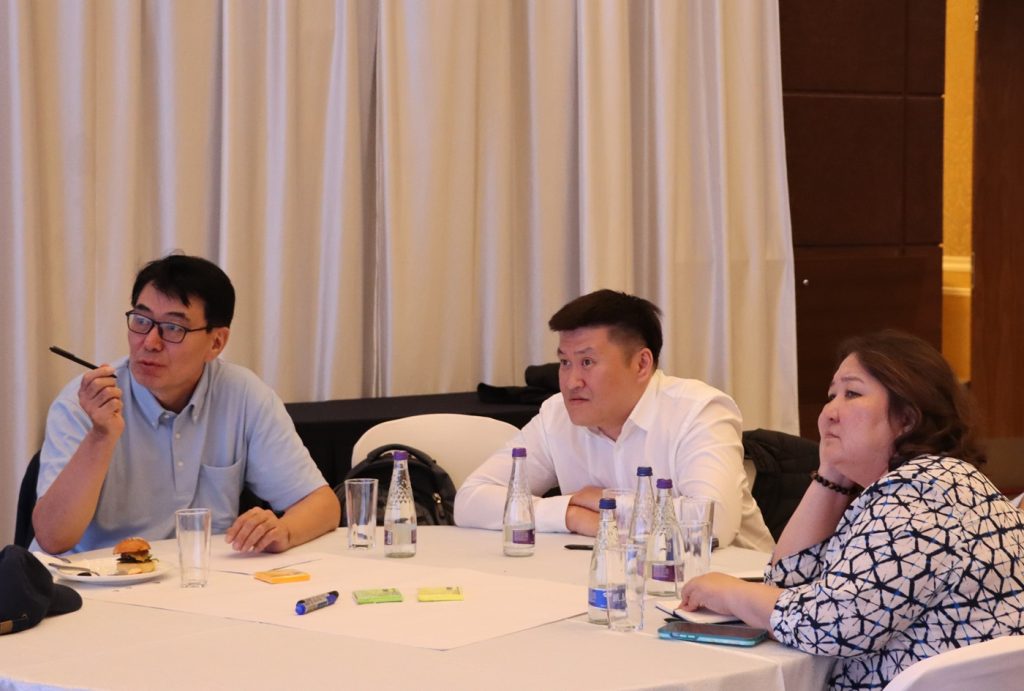
The main outcome of these workshops is twofold. Firstly, participants gained enhanced innovation knowledge and strategic insights through teamwork, utilizing the HCD toolkit and engaging in New Business Model (NBM) prototyping. This will enable participants to better understand partnering organization aspirations, needs, and policy alignment, with piloted outcomes potentially eligible for early-stage funding. Secondly, LIFT Labs’ Situation Introductions provided increased support for current Social Enterprise partnerships, establish additional Social Enterprises focusing on climate change with youth involvement, and deepen understanding of social aspirations in remote areas of Mongolia and Ulaanbaatar city.
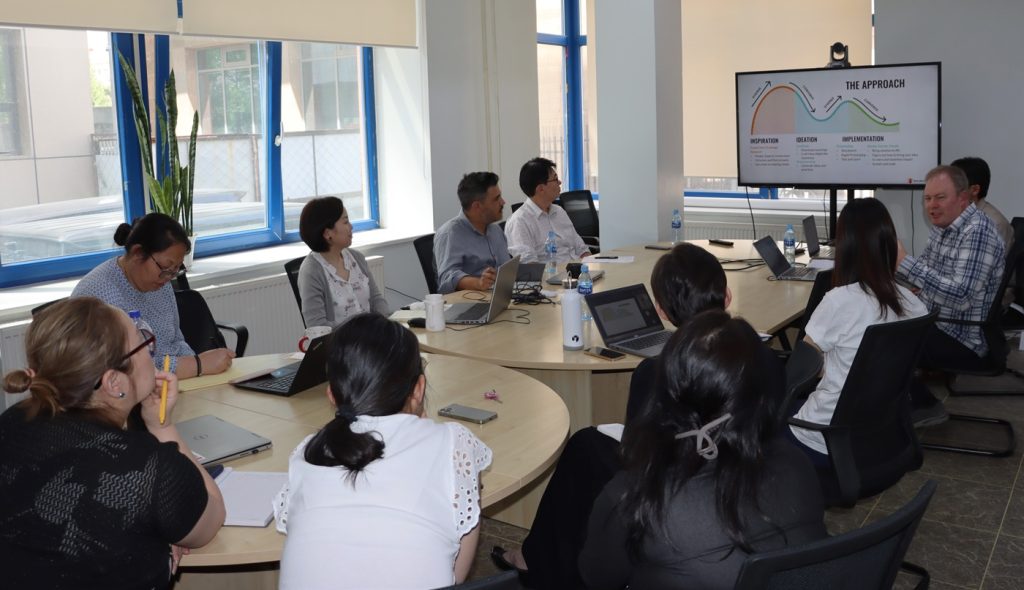
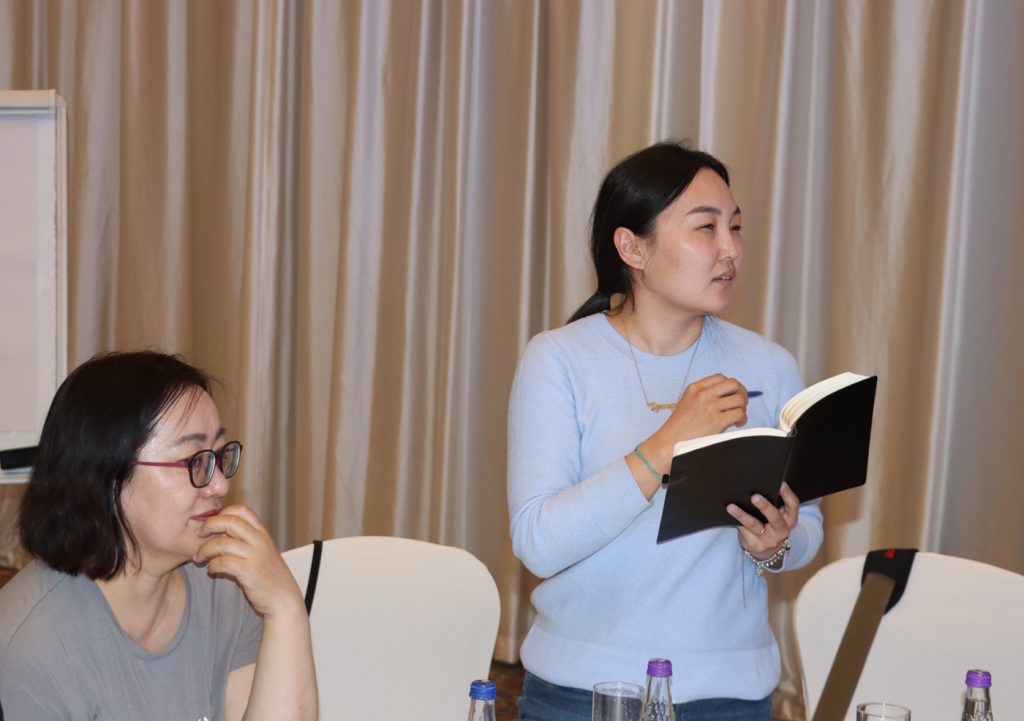
Yo. Nyamdavaa, the manager of the Save the Children’s project “Entrepreneurship-focused socio-emotional skills for the most vulnerable youth in rural Mongolia” said, “It was an interesting workshop. We learned about the human-centered design approach, specifically the importance of group discussion and presentation of models in creating a unified understanding based on real-life examples. It was exciting to learn how to think of a challenge and turn it into a fruitful solution through teamwork. I appreciate this opportunity that I was able to gain an understanding of innovative ways to ensure financial stability and get motivated to use them in my work”.
B.Bulgan, the Finance Manager of the Save the Children in Mongolia, said, “Although brief, we received information about innovative methods of raising funds and generating resources. I realized that it is important to use prototyping before committing to a large-scale project. Information was needed about innovative projects implemented in other countries, LIFT Lab’s activities and projects that they support. I think that it is an advantage that the co-directors of Save the Children LIFT Lab came to Mongolia and familiarized themselves with challenges that we face.”
We spoke to the co-directors of Save the Children’s Global Innovation Team, who led the workshops.
Andrew Brough: We have to innovate and change the way we work, or we will be left behind
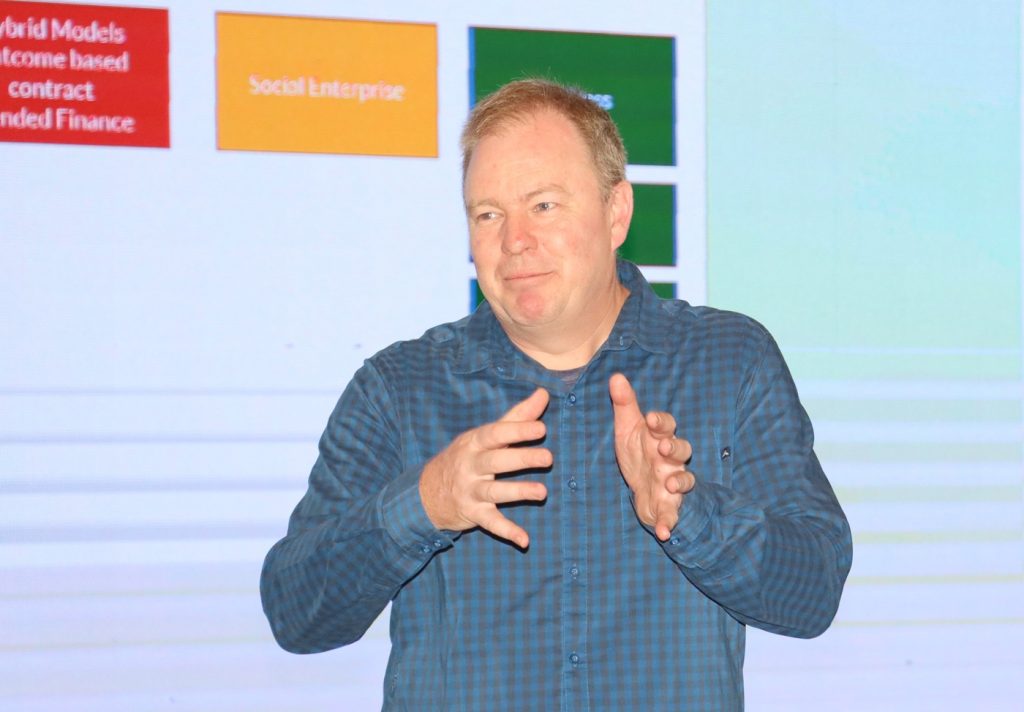
Andrew Brough, Co-Director of Save the Children’s Global Innovation Team (LIFT Lab), is an avid explorer, innovator, and investor at the intersection of purpose, technology and enterprise. Over his career he has worked in early-stage venture capital (technology and social) and in various roles from entrepreneur to non-executive helped create over 20 new ventures in Europe and Australia. Experienced with corporate, university and social venturing he has worked in Australia, UK, USA and France with organizations including Foundation for Young Australians, Accenture, BBC, Lodestone Innovation Partners, NHS, Young Foundation and UCL.
– Why are these workshops so important?
–Workshops we delivered were focused on some of the critical challenges that Mongolia faces. How climate change affects young people, supporting Save the Children staff to understand new ways they could work and think about innovation, applying and designing solutions with users, develop business models that support new funding streams, and new types of partnerships. In summary, we supported the Mongolian office to work differently to engage with new and different partners and help to innovate and solve challenges that young people face here.
– Why does Save the Children need a “New Business Model” workshop?
– As the world is changing rapidly, traditional funding sources are decreasing, technology is advancing, and the problems facing young people and society are getting bigger, the gap between the money we have and the problems that need to be solved is also getting bigger. Therefore, innovation enables us to work smarter, reduce costs, increase access, reach young people, and make a difference in their lives in a variety of ways, enabling them to make a real impact. The reason there is so much attention on this issue now is because the gap is widening, and innovation is the way to close the gap. Because the world is changing so fast, if we don’t, another organization might come up with a solution faster. We must innovate and change the way we work, or we will be left behind. Our way of working is making it difficult for us to be sustainable as an organization.
– Do you have anything to add?
– Mongolia is a country of young people. I was impressed that these young people have so many resources and want to learn skills and become part of the global community. Therefore, Mongolia has a lot of resources to create a new life and change for its people and their families. We were deeply impressed by people learning new ways, thinking in new ways, being open and friendly. Of course, Mongolia has unique food and beautiful natural landscapes, and we know that it should be preserved for the future as an asset within our global community.
Armando Munaz: We need to think about new ways of accessing financing

Armando is the Co-Director of the Innovation Team at Save the Children, where he applies his extensive experience in investment, strategic planning, and impact assessment. Before joining Save the Children, Armando helped leaders at major NGOs make better decisions by using data and experimental approaches. Earlier in his career, he worked as an Investment Banker on Wall Street and as an Investment Analyst at the International Finance Corporation, focusing on projects in Latin America, Eastern Europe, and Sub-Saharan Africa.
– Can you please talk about the purpose of the workshops you have led?
–Last year, we invested in the Laundromat project which is unique in that it is a joint social enterprise with Save the Children. Although it sounds simple, it’s not widely practiced. Seeing your organization’s passion for innovation, I thought it would be a great opportunity to explore innovation opportunities with you, see what you are doing, and collaborate on how to drive innovation.
– In general, what kind of business model is needed for an international non-governmental organization like Save the Children?
One of the challenges we face is that we get stuck and forget to look left, right or even down. There was a beautiful example shared by the Finance manager about 2 cavemen: one of them had a square wheel and another one a circular wheel. The person with the circular wheel says let me help you out and the person with the square wheel said I’m too busy pulling the cart. That’s an old example, but still relevant today. We just need to stop, take a breath, and look at things from a different perspective. I think we need to find new ways to access funding. Because the funders want to move to local partners rather than staying with large institutions. This means looking for new streams of funding, exploring private sector models, and thinking about how to attract new types of investors. Therefore, it is critical not only for Save the Children in Mongolia, but for all organizations to think about new business models to ensure financial sustainability.
-Do you have anything to add?
-We think you all did a great job. We recognize that there is more to come, so we wanted to come here and learn more. We appreciate your warm welcome. I would like to highlight that people are open-minded and full of desire to learn more. You have made us feel good and inspired us. Thank you.

